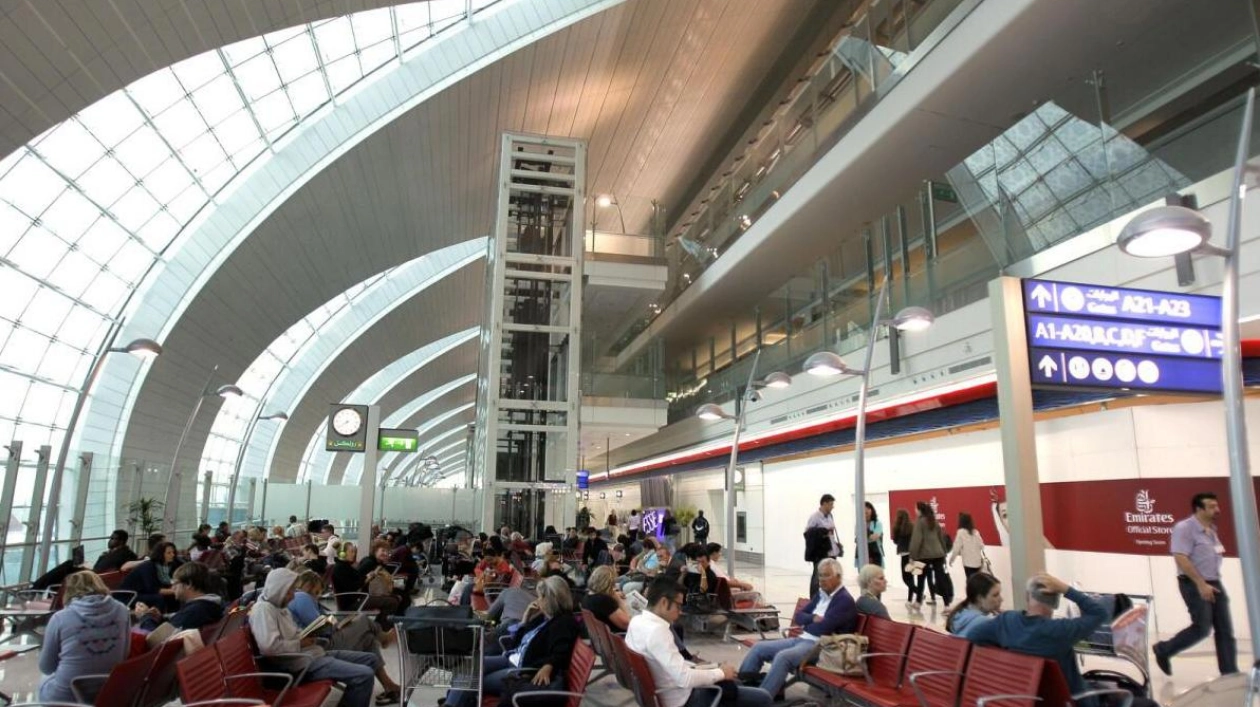Middle Eastern airlines experienced a 4.4 percent year-on-year rise in demand during September, according to recent data. The International Air Transport Association (IATA) reported that capacity for these carriers increased by 4.6 percent compared to the previous year, with a load factor of 81.4 percent, down by 0.1 percentage point from September 2023.
All regions demonstrated growth in international passenger markets for September 2024 compared to the same month in 2023. Load factors varied: Europe led with the highest load factors, while Asia and African carriers also showed improvements. However, carriers in the Americas and the Middle East saw declines.
Asia-Pacific airlines saw an 18.5 percent year-on-year increase in demand. Their capacity rose by 17.7 percent, and the load factor reached 82.6 percent, up by 0.5 percentage points from September 2023. European carriers experienced a 7.6 percent increase in demand, with capacity up by 7.4 percent and a load factor of 85.9 percent, a 0.2 percentage point rise.
North American carriers recorded a modest 0.5 percent increase in demand. Capacity grew by 1.9 percent, but the load factor dropped to 84.4 percent, a 1.1 percentage point decline. Latin American airlines saw a robust 12.4 percent increase in demand, with capacity climbing 13.9 percent. The load factor stood at 84.3 percent, down by 1.1 percentage points.
African airlines enjoyed an 11.9 percent increase in demand. Capacity rose by 6.6 percent, and the load factor improved to 76.0 percent, a 3.6 percentage point increase. Total demand, measured in revenue passenger kilometers (RPK), rose by 7.1 percent compared to September 2023, marking an all-time high for the month. Total capacity, measured in available seat kilometers (ASK), increased by 5.8 percent year-on-year.
International demand surged by 9.2 percent compared to September 2023, with capacity up by 9.1 percent and the load factor reaching 83.8 percent, a 0.1 percentage point increase. Domestic demand increased by 3.7 percent, with capacity up by 0.7 percent and the load factor at 83.3 percent, a 2.4 percentage point rise.
“The peak travel season concluded with demand at an all-time high, benefiting not only passengers but also the global economy. Each flight contributes to job creation and trade. However, the success of air travel brings challenges, including potential capacity shortages in some regions that could hinder economic and social benefits. Governments must decide whether to cede ground to more dynamic nations valuing global connectivity or to support sustainable growth through efficient airport and air traffic management capacity,” said Willie Walsh, IATA’s Director-General.
Source link: https://www.khaleejtimes.com






